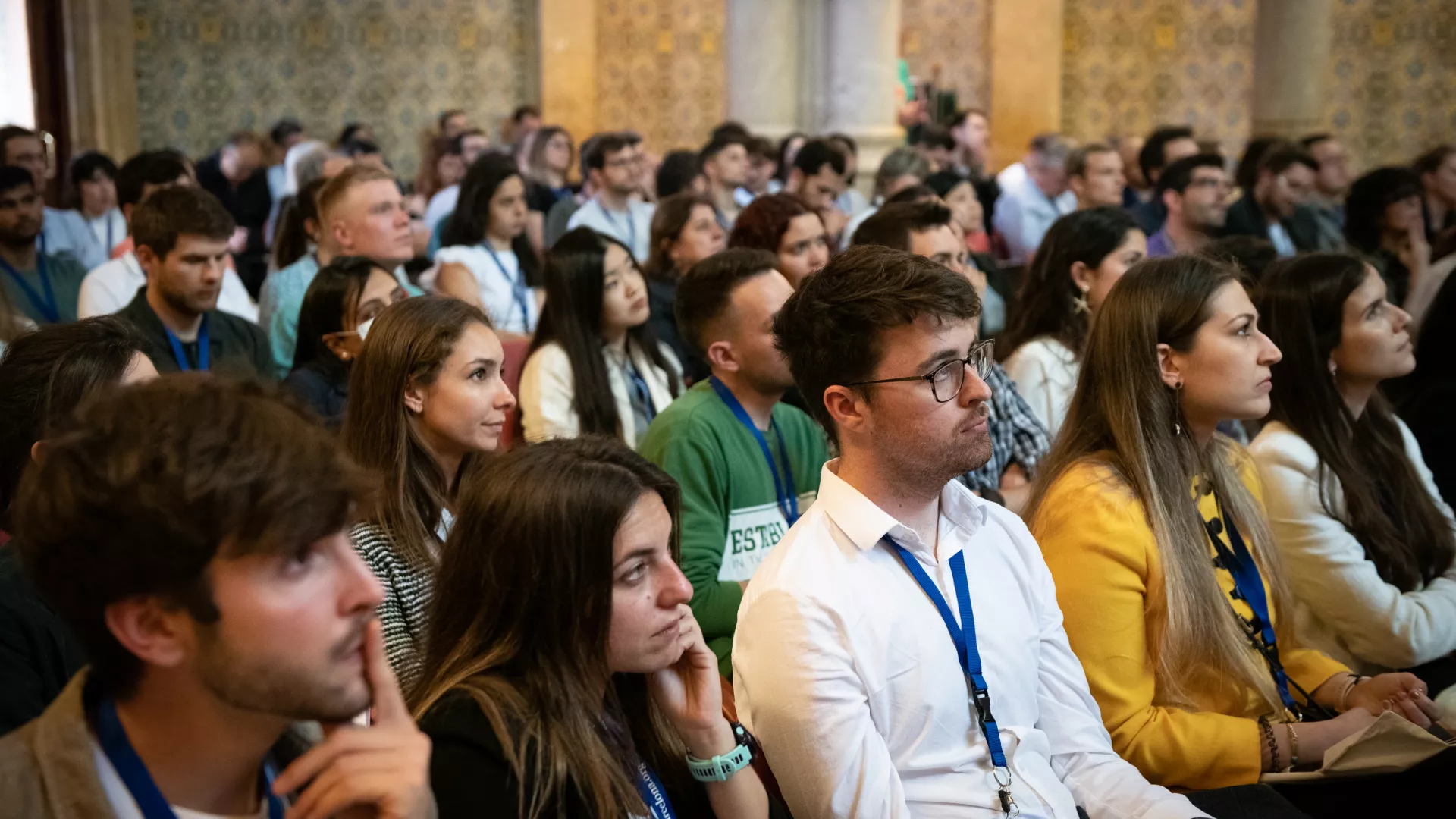Speaker: Prof. Erika Bach
NYU Grossman School of Medicine, New York, NY USA
Presentation
Host: Dr. Marco Milán, Group Leader - IRB Barcelona
Node: Cell Pathophysiology / Preclinical Models of Cancer
Date: Wednesday 2 April 2025, 12.00h
Place: Serratosa Room
Spermatogonial stem cells (SSCs) ultimately differentiate into spermatids. Competition between SSCs has long-term implications for genetic drift and evolution. Regular SSC loss and replacement by neighbors has been observed in the Drosophila testis during homeostasis, but no underlying mechanisms have been elucidated. More than 20 years ago, a model of gene drive called “mitotic drive” postulated that a SSC with a competitive advantage would transmit alleles at greater than the expected 50% Mendelian ratio, but there were no mechanistic data to support this model. We found that loss of the transcription factor Chinmo enables SSCs to colonize the niche at the expense of their WT neighbors. chinmo-mutant SSCs secrete the heparin-sulfate proteoglycan Perlecan (Pcan), which seeds an ectopic extracellular matrix (ECM) around the niche. As niche cells are at least partially obscured by this ectopic ECM, WT neighbor SSCs cannot maintain long-term niche residency. By contrast, the chinmo-mutant SSCs remain in the altered niche by upregulating ECM-binding proteins like Dystroglycan (Dg). Ultimately, all of the SSCs are descended from the original chinmo-mutant GSC clone and the germline becomes monoclonal. We demonstrated that the mutant chinmo allele is inherited in a super-Mendelian manner. These results indicate that SSC competition causes biased inheritance and are the first mechanistic demonstration of “mitotic drive”. We extended these results by showing that testes from aged males displayed phenotypes indistinguishable from those observed during competition: an ectopic ECM surrounding the niche, Dg upregulated at the SSC-niche interface, and a significant reduction of SSCs. We proved that these age-related phenotypes were caused by declining levels of Chinmo in SSCs and could be reversed by maintaining robust Chinmo levels in SSCs throughout life. Thus, chinmo-mutant SSCs “win” the competition for niche access by co-opt an aging process.
We have identified the RNA-binding protein Imp as a critical positive regulator of Chinmo protein expression in SSCs. Like Chinmo, Imp protein levels decline during aging, and we found that this was due to an age-related increase in the co-repressor Hairless that downregulates the Imp gene. Hairless levels increase during aging as a result of declining SSC-self-renewal cues produced by niche cells. We found that we can inhibit aging of the testis stem cell niche by maintaining robust levels of Imp in SSCs, by depleting Hairless levels in SSCs, or by sustaining robust levels of self-renewal cues in niche cells. Finally, we showed that SSC clones lacking Imp or over-expressing Hairless are winners as both types of clones remodel their niche and cause the loss of WT neighbors. This work reveal a network of factors that regulate SSC competition and aging of the testis stem cell niche through the control of chinmo in SSCs.
IMPORTANT: For attendees outside the PCB community you must register at least 24h before the seminar
